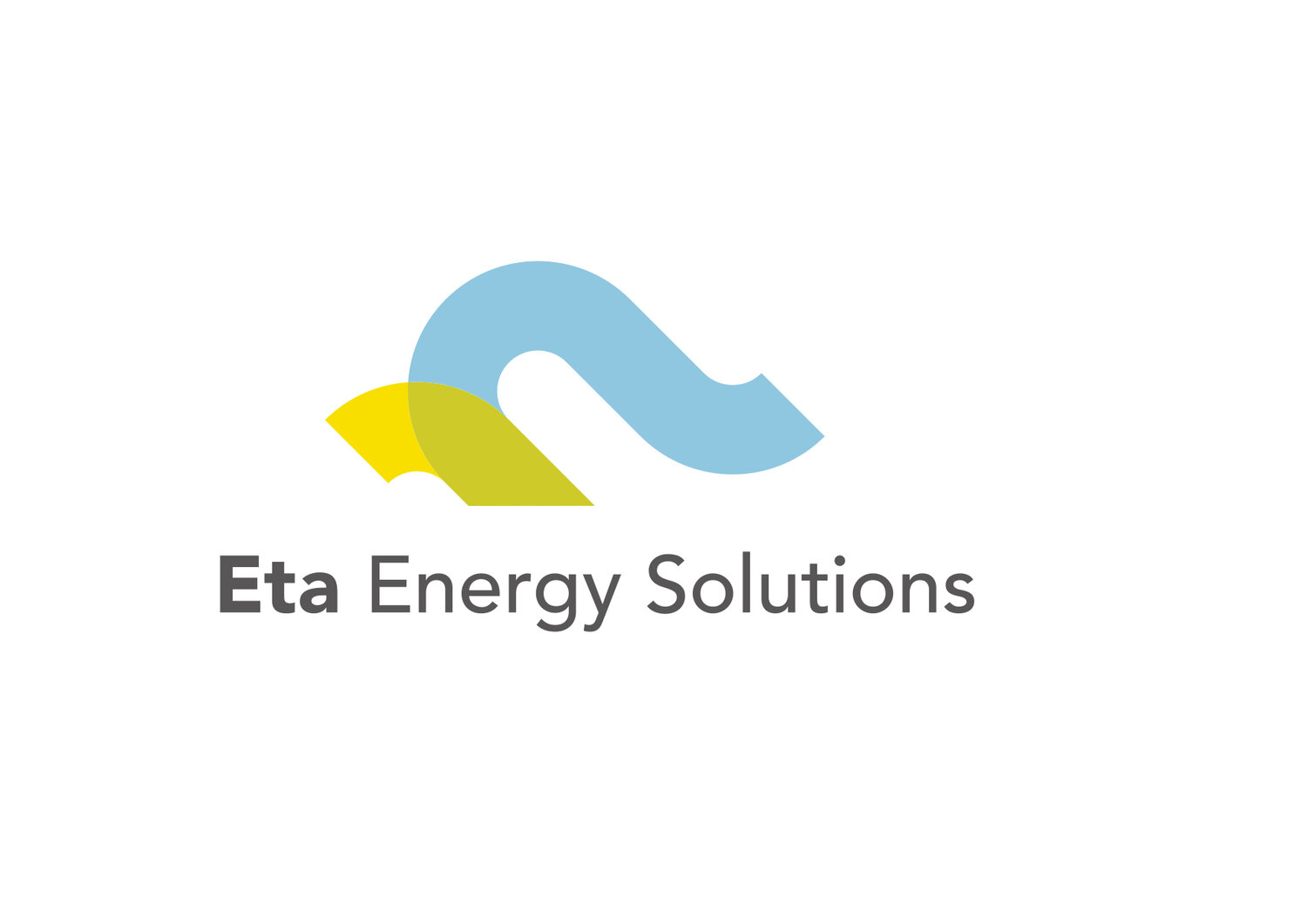Why Integrated Asset Modelling is the Best Thing since Sliced Bread
For some of us who would have been drawn to this topic, integrated asset modeling will need no introduction. For the benefit of the rest of us, integrated asset modeling or integrated production modeling as it is also sometimes called is the seamless, simultaneous, and interactive modeling of all elements of an oil and gas production system. The idea is to capture the complex interactions between all elements of the entire production system.
Such interactions will prove tedious or near impossible to capture if each element is modeled independently and separately. As such, an integrated asset model will typically include the modeling of subsurface elements such as the reservoir, wells, and pipelines as well as surface elements such as process plants and gas compression, etc. Sometimes, integrated asset models may be extended to include economic elements which reflect product prices as well as CAPEX and OPEX.
Integrated asset modeling is no longer new in the oil and gas industry. However, it tends to be underutilized and underappreciated (for some good reasons and some misconceptions which I hope to address in the future). I am however a firm believer that it is one of the most powerful analysis methodologies available in the industry today. In a sense, it is one of the best-kept secrets for effective optimization of oil and gas field development. Unleashing its power could result in significant project cost savings as well as maximizing oil and gas production following field development. This has been my experience as a consultant on several occasions.
From effective use of integrated asset modeling methodologies, you can expect to derive the following benefits:
Optimize Oil & Gas Field Development: Integrated asset modeling can be a very cost-effective method for trying out various field development scenarios. Oftentimes, the difference between field development options cannot be readily analyzed without rigorous modeling – this is best done through integrated asset modeling. Integrated asset modeling is therefore ideal for appraising field development options and for developing conceptual designs.
The production system model that is constructed using integrated asset models can provide useful answers to key field development planning questions at the early stage of the project. Questions related to the optimization of well drilling schedules, timing for gas compression, sizing of major equipment and future economics of the field can be answered with the help of an integrated asset model. I have been involved in a lot of project situations where the field development plan went in a different, but more cost-effective and profitable direction than originally expected due to the recommendations and analyses that came out from integrated asset modeling.
Existing Oil & Gas Asset Optimization: Brownfield oil and gas projects can also benefit immensely from integrated asset modeling. I have found integrated asset modeling approaches particularly powerful in the debottlenecking of oil and gas production facilities. Potential solutions to optimize production can be appraised in a cost-effective manner, while the benefits can be captured and weighed with the help of integrated asset modeling. In my experience, I have been able to use integrated asset modeling to show how operators could increase production significantly (sometimes by 20% or more) with minimal and well-thought-out modifications to the existing facilities or operational philosophy. Integrated asset modeling can also be extremely beneficial in optimizing the operating strategy of oil and gas facilities.
Aid Economic Planning & Decision Making: Since the results from integrated asset modeling can provide indications as to the impact of various decisions on greenfield projects and existing asset production, it can provide useful input into an economic planning model. As I mentioned previously, in many cases, integrated asset models can be extended to include economic elements with indicative figures of prices of petroleum products, royalties, profit margins, capital expenditure, and operational expenditure. These can be used to provide useful economic parameters such as revenue, profits, NPV (Net Present Value), and IRR (Internal Rate of Return) which aid economic decision making.
Production Forecasting: Production forecasting can be extremely beneficial in some oil and gas sectors. Knowing how much you are likely to be producing at a particular time in the future can be very useful in making present decisions. I have seen this to be the case, particularly in the gas storage sector where a future knowledge of their potential production or injection capacity can help the trading arm of the operating company maximize the effect of gas price fluctuation. Production forecasting can also help in determining when future capacity enhancing or production plateau extending equipment may be installed. It can also help in planning the timing for the integration of satellite fields into a production hub.
Minimize Project CAPEX & OPEX: This follows on as a secondary benefit from the optimization and economic benefits mentioned above. I have been involved in project situations where hundreds of millions of dollars were saved in CAPEX and OPEX costs via the recommendations that came through analyses using integrated asset modeling.
Maximize Production: Early identification and resolution of production bottlenecks will lead to maximizing the production potential of the asset. As I mentioned earlier, integrated asset modeling helps to identify these bottlenecks and test out proposed solutions.
Maximize Project Economics: Expert deployment of integrated asset modeling can help you optimize key field development project economic indicators such as NPV and IRR.

